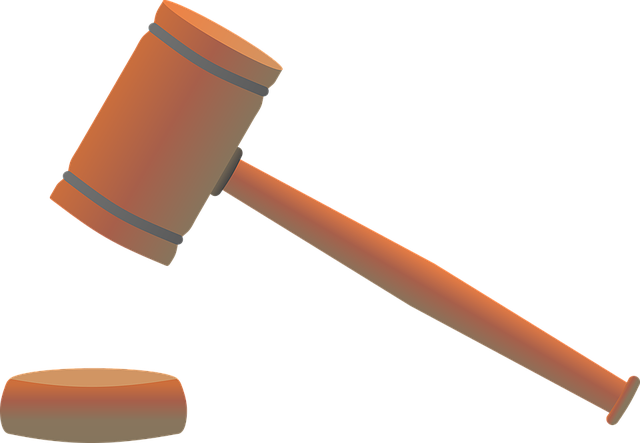Dashcams, now standard in modern vehicles, provide crucial real-time video footage for accident liability determination. This unbiased evidence aids law enforcement and insurance companies in reconstructing accidents, identifying responsible parties, and resolving disputes. By capturing detailed vehicle dynamics, driver behavior, and environmental conditions, dashcam footage offers an objective assessment of fault, enhancing clarity in road incidents and streamlining claims processes.
In today’s digital era, dashcams have emerged as indispensable tools for accident analysis, offering clear and concise liability determination. This article explores the multifaceted role of dashcam footage in legal proceedings. We delve into the capturing capabilities of these devices, their impact on unravelling complex liabilities, and the best practices for ethical data handling. Understanding how to interpret dashcam footage accurately is crucial for ensuring fairness, preserving evidence, and facilitating a swift resolution to accident-related disputes.
- Understanding Dashcam Footage: A Powerful Tool for Accident Analysis
- – The role of dashcams in modern vehicles
- – How dashcam footage captures crucial accident data
Understanding Dashcam Footage: A Powerful Tool for Accident Analysis

Dashcam footage has emerged as a powerful tool in the field of accident analysis and insurance claims. These cameras, often mounted on vehicles, capture real-time video recordings that can provide invaluable insights into the events leading up to and during an incident. By reviewing dashcam footage, experts can thoroughly examine various aspects, including vehicle dynamics, driver behavior, and environmental conditions, to establish a clear sequence of events. This detailed analysis is crucial for accident liability determination, helping to accurately assign blame and facilitate fair compensation processes.
For instance, in contract disputes or commercial disputes involving vehicle accidents, dashcam footage can be instrumental in resolving disagreements. The visual evidence allows for an unbiased assessment, reducing the subjectivity often associated with verbal testimonies alone. Furthermore, when it comes to determining injury compensation, this technology aids in evaluating the severity of the incident and the contributing factors, ensuring a more precise and just outcome for all parties involved.
– The role of dashcams in modern vehicles

Dashcams have evolved from mere supplements to driving assistance tools into indispensable components of modern vehicles. These small yet powerful cameras capture real-time video footage, offering a clear and unbiased perspective during accidents or other incidents on the road. In an era where insurance disputes and product liability claims are increasingly common, dashcam footage plays a pivotal role in facilitating accurate accident liability determination. They serve as a reliable source of evidence, aiding law enforcement and insurance companies in reconstructing scenes and identifying responsible parties.
By providing an objective visual record, dashcams mitigate the potential for fiduciary duty breaches that can arise from subjective human recall or biased interpretations. Their integration into vehicles has significantly enhanced the clarity surrounding road incidents, streamlining the claims process and potentially reducing disputes related to product liability.
– How dashcam footage captures crucial accident data

Dashcam footage has emerged as an invaluable tool for accurately capturing and documenting crucial data during traffic accidents. These compact cameras, often mounted on vehicles’ windshields or rearview mirrors, provide a clear and unaltered view of what transpired before, during, and after a collision. This real-time video evidence offers a detailed account of vehicle positions, speeds, and movements, making it an indispensable resource for determining liability in accident cases.
By reviewing dashcam footage, authorities and insurance companies can objectively assess fault in instances such as truck accidents causing property damage or homeowner insurance claims resulting from personal injuries. The visual data provides irrefutable proof, enabling a more precise analysis of the incident than witness testimonies alone. This technology ensures that liability is determined based on concrete evidence rather than subjective interpretations, ultimately leading to fairer resolutions for all involved parties.
Dashcam footage has emerged as an invaluable tool for accurately determining accident liability. By capturing unadulterated, real-time data from multiple perspectives, these in-vehicle cameras provide a clear and unbiased view of events, aiding insurance companies, legal professionals, and law enforcement in reaching just conclusions. As modern vehicles increasingly incorporate this technology, the reliability and accessibility of dashcam footage offer a promising solution for streamlining liability determination processes, ensuring fairness, and potentially reducing disputes in accident cases.






